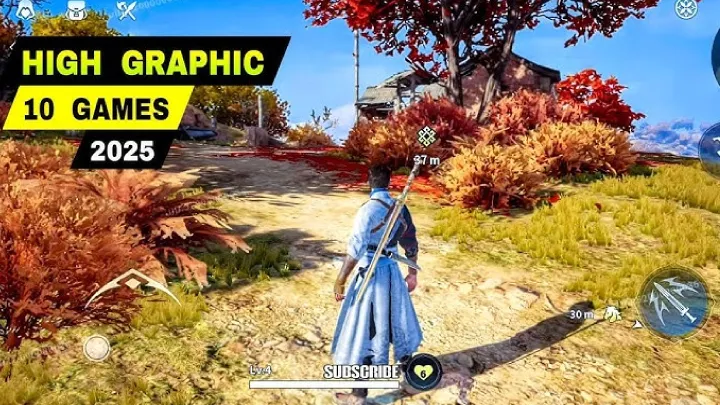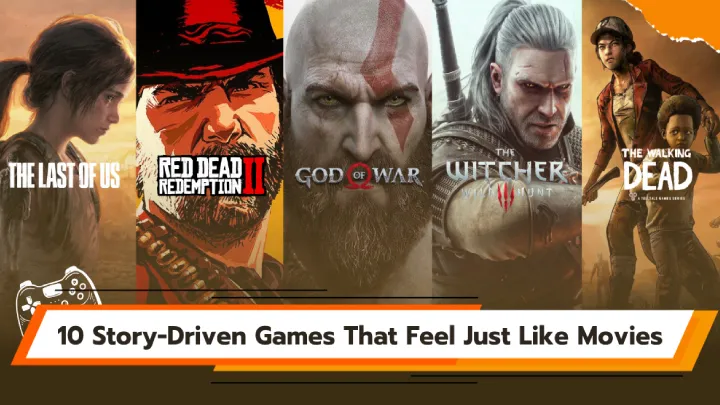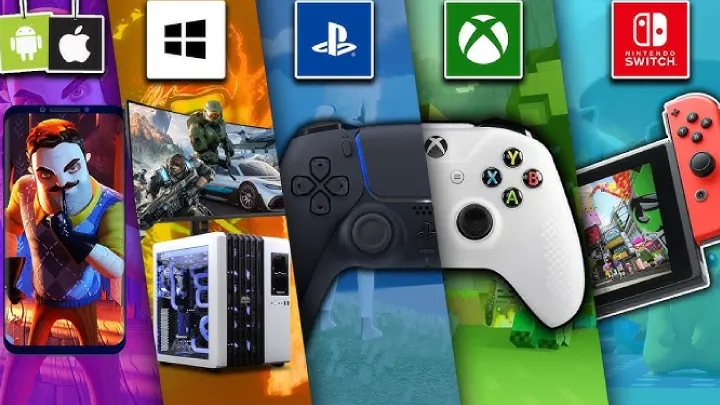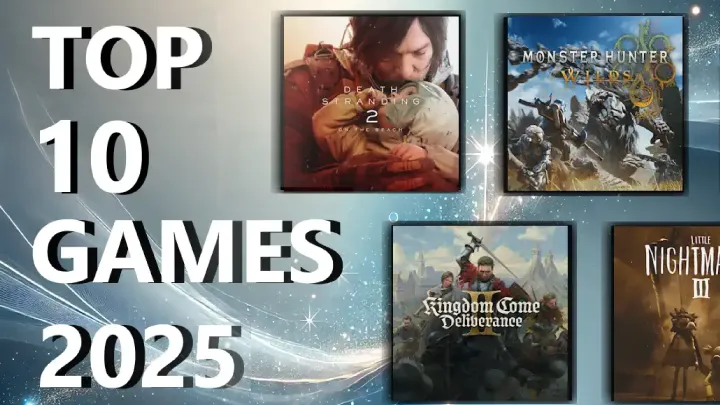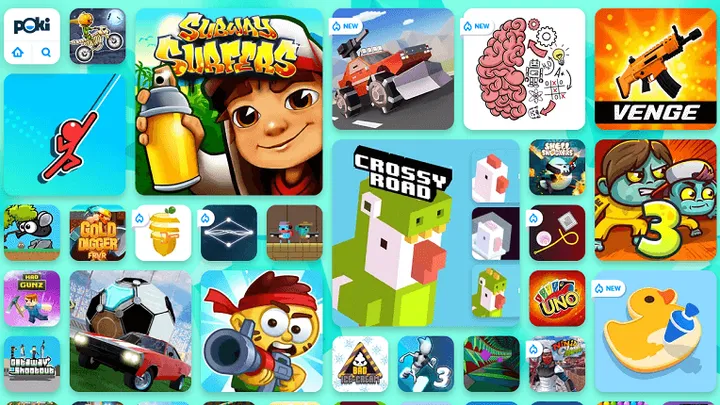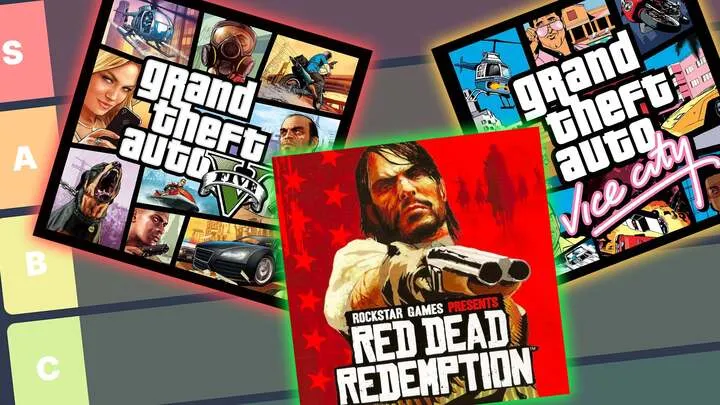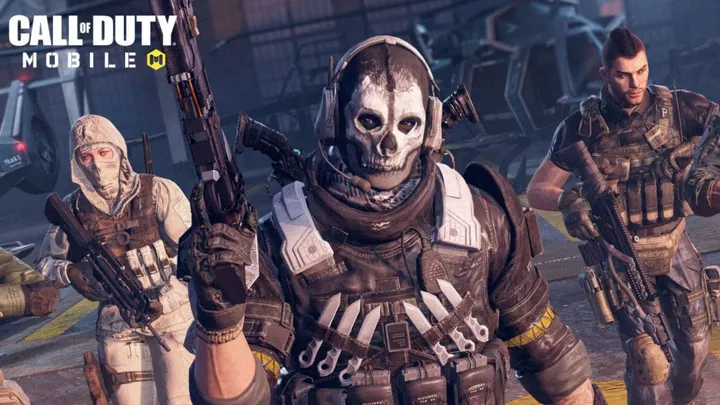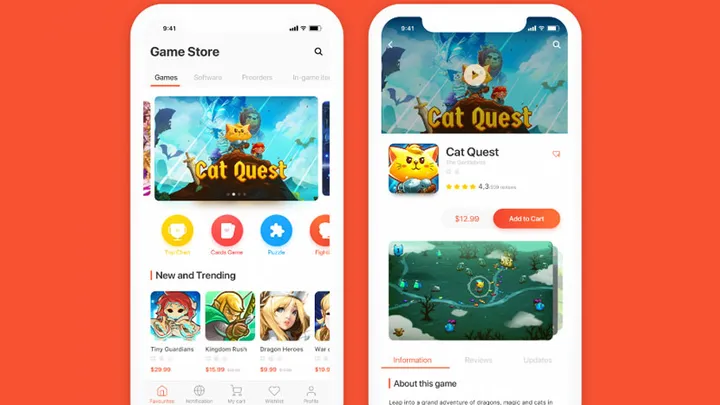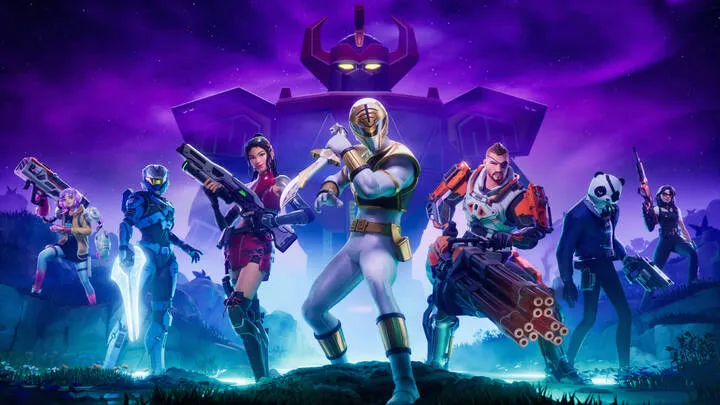Brawl Stars, Supercell’s wildly popular multiplayer brawler, continues to dominate the mobile gaming landscape in 2025. With millions of daily players, constant updates, and thriving esports competitions, the game shows no signs of slowing down. But behind the success story, a quieter issue has emerged in the community: cognitive fatigue.
Recent discussions among players and experts have revealed that extended sessions in Brawl Stars are leading to mental exhaustion, reduced performance, and even burnout. This news feature explores how cognitive fatigue is shaping the way players experience the game and what it means for the future of Brawl Stars.
1. The Growing Popularity of Brawl Stars
Since its global release, Brawl Stars has consistently expanded its player base through fresh content, new Brawlers, and live events. The fast-paced design and short match format make it easy to jump in for quick fun or marathon sessions.
But as popularity has grown, so too have reports of players spending hours grinding trophies, competing in ranked battles, and pushing for seasonal rewards. That intensity has sparked new conversations about mental strain.
2. The Emergence of Cognitive Fatigue
What many players initially dismissed as simple frustration has now been recognized as cognitive fatigue. This form of mental exhaustion arises when the brain is pushed beyond its natural limits, leading to slower reactions, irritability, and reduced enjoyment.
In Brawl Stars, where precision and quick thinking are critical, fatigue is a silent opponent that can turn a winning streak into a losing spiral.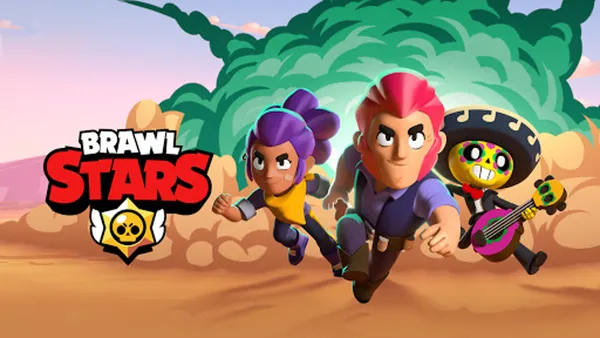
3. Community Voices on the Issue
Forums, social media groups, and fan discussions have highlighted the impact of overexertion. Players admit that long sessions often leave them drained, unable to focus, or quick to anger during matches.
Some report losing large amounts of trophies after pushing too hard in a single sitting, while others confess to stepping away from the game entirely after burnout set in.
4. The Role of Game Design in Fatigue
Brawl Stars’ progression systems—such as trophy pushes, seasonal rewards, and battle pass goals—are designed to encourage long play sessions. While motivating, they also create pressure for players to stay online longer than their brains can handle.
Experts argue that this style of design, while effective for engagement, may unintentionally fuel fatigue among dedicated players.
5. Scientific Insight Into Mental Overload
Researchers point out that the prefrontal cortex, the brain’s hub for decision-making and focus, can only sustain high performance for a limited time. After prolonged stress, cognitive efficiency begins to decline.
This scientific explanation aligns with what Brawl Stars players are reporting: after about 30–45 minutes of nonstop play, concentration drops sharply.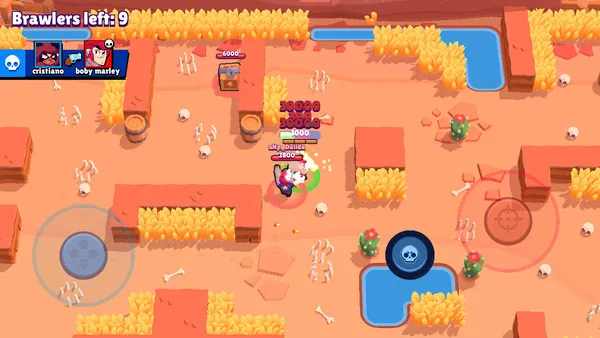
6. The Short-Term Effects on Gameplay
In the short term, fatigue results in misplays, slower reaction times, and frustration. For competitive players, this can mean losing trophies or failing to advance in ranked play.
The problem is not just losing matches—it’s the frustration that follows, which can sour the entire experience.
7. The Long-Term Risk of Burnout
Long-term fatigue poses an even greater threat. Burnout has been cited as a reason some players quit the game altogether, despite their initial enthusiasm.
As one community member put it: “I love Brawl Stars, but after grinding for weeks, I just couldn’t open the app anymore without feeling tired.”
8. Strategies Emerging in the Community
To combat fatigue, many players are sharing strategies such as setting time limits, alternating between ranked and casual play, and taking scheduled breaks.
Some esports teams are even adopting structured training schedules to ensure their players remain sharp without overextending themselves.
9. Supercell’s Potential Role
So far, Supercell has not directly addressed cognitive fatigue, but the company has a history of adapting its games to improve player experience. With growing discussion in the community, developers may consider features like playtime reminders, cooldown suggestions, or balanced progression systems.
Such changes could help players stay engaged without risking their mental stamina.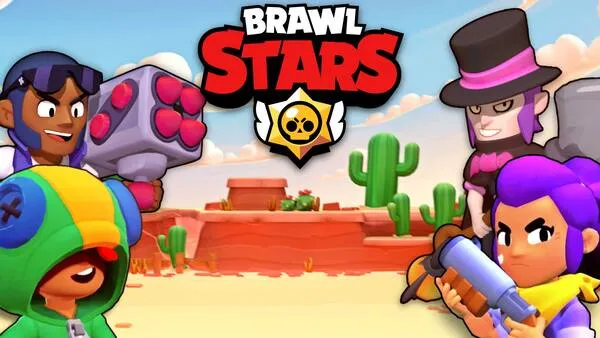
10. The Future of Brawl Stars and Player Well-Being
As Brawl Stars enters its next phase in 2025, the challenge will be balancing excitement with sustainability. The competitive thrill is undeniable, but for the game to thrive long-term, player well-being must remain a priority.
Cognitive fatigue may be the hidden challenge of Brawl Stars, but awareness is growing, and both players and developers now have the opportunity to address it head-on.
Conclusion
Brawl Stars remains one of the most exciting multiplayer games in the world, but the rise of cognitive fatigue highlights an important side of modern gaming. As players push themselves harder and the competitive scene expands, understanding and addressing mental exhaustion is becoming part of the conversation.
The news is clear: success in Brawl Stars is not just about faster reflexes—it’s also about knowing when to pause.








